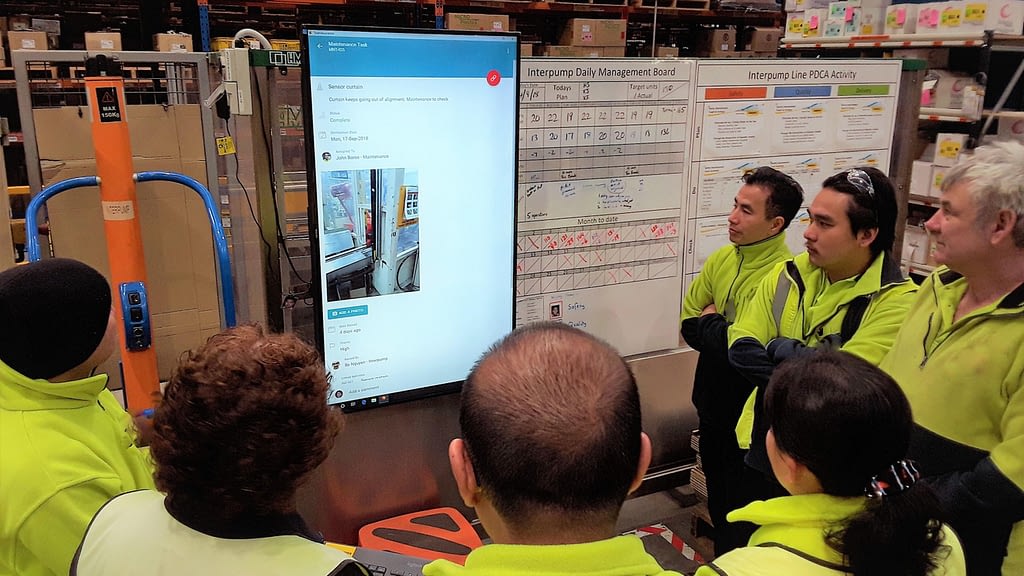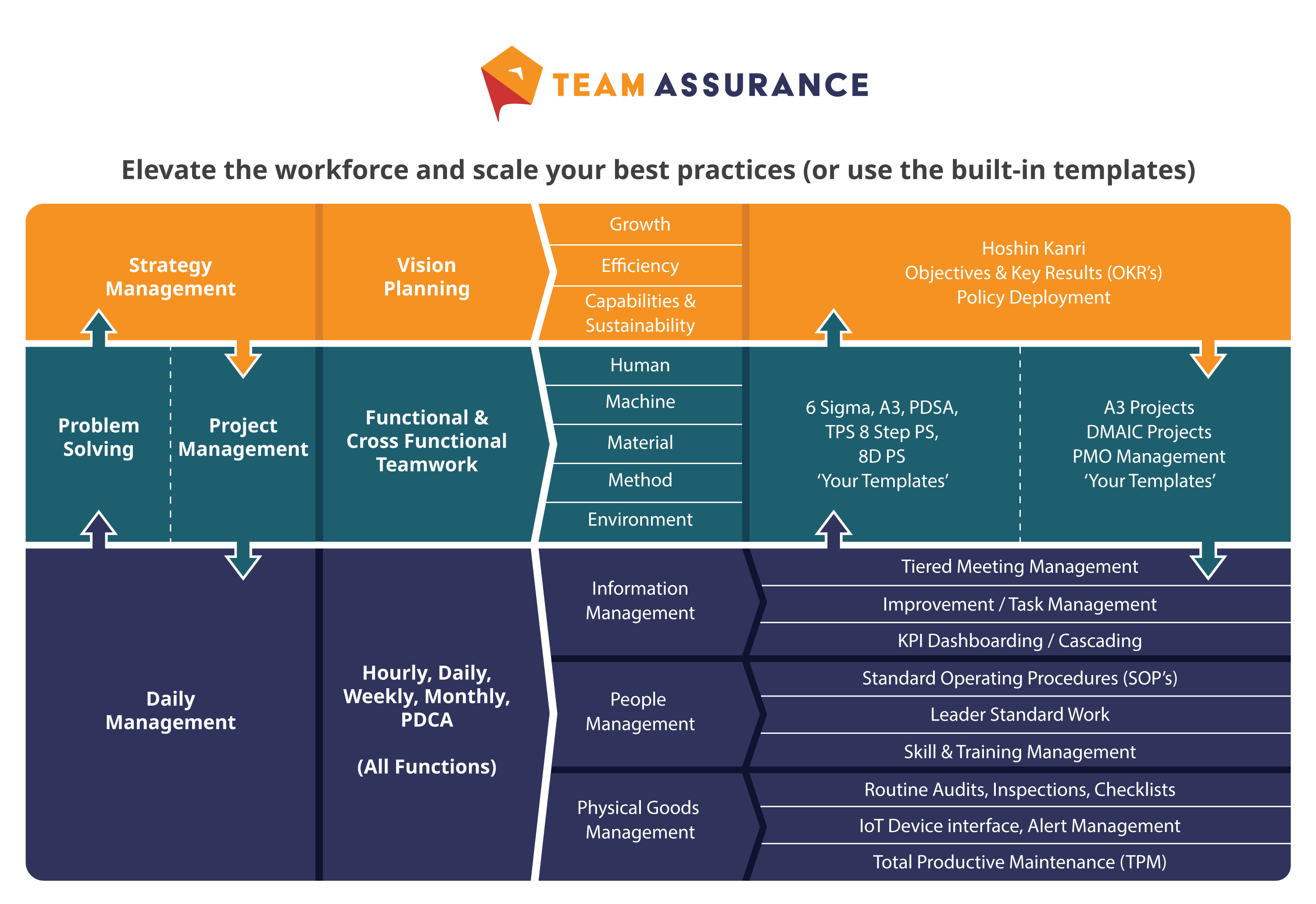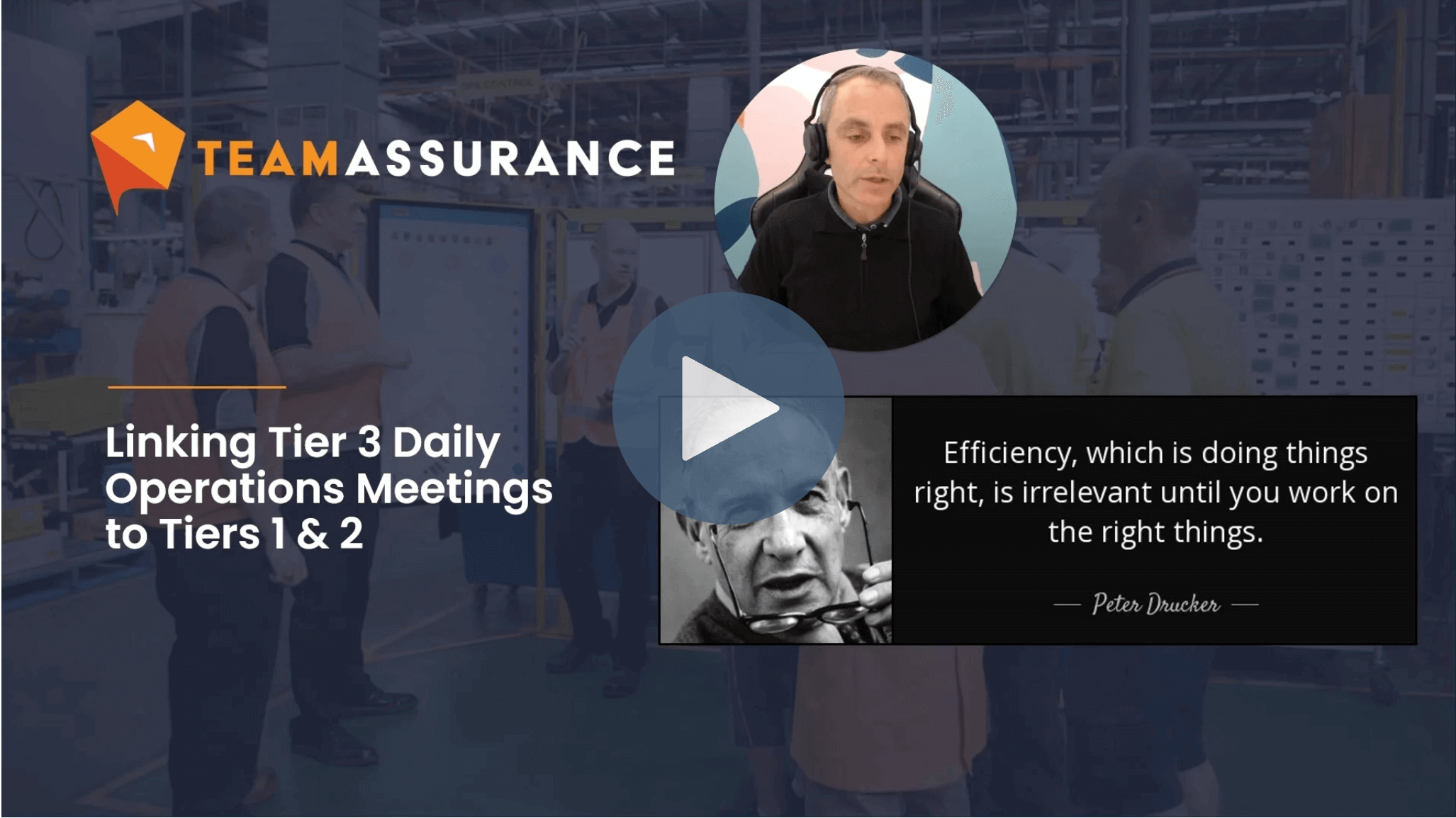Paul Dunlop discusses the ideal, two-way dynamic of effective staff development programs.
Is your staff development and learning structure really working for your people or are your people working for it? A great development framework needs to be aimed at uncovering, nurturing, and growing talent and capability within an organisation.
The Importance of a Balanced Learning and Development Process

An ideal process should be organic within a framework. Meaning there should be a balance of top-down direction and accountability as well as bottom up ownership. Initiatives to stimulate engagement should always be geared toward mutually beneficial objectives.
This means that there should be governance, resourcing and coaching facilitated by leaders or technical specialists. The aim being focused engagement and execution at the frontlines of the organisation. Skill and people development should also be systematic and seamless. It should offer real time visibility of the current status and a clear plan to accomplish training objectives.
As with all business processes and initiatives, our aim should be to push responsibility and decision making down to the frontline. This enables responsiveness, increased capability, genuine ownership, and deep engagement. Our staff development processes are no different – if people are not able to access the right development tools and processes we are depriving them of a significant opportunity, Plus we’re inhibiting the business from optimising it’s human capital and latent potential.
Current Challenges with Staff Development
Many learning and development processes are paper based or managed through a static spreadsheet. The process will be generally managed through an HR function that may or may not be on site. From experience, it will almost certainly not be a daily fixture on the shop floor.
The process is typically handed down to a functional leader or leaders when a performance review is mandated. It is rare to see a living training plan being visualised and executed through the day-to-day under normal circumstances. Most would acknowledge this is a suboptimal situation yet it is something everyone seems to accept. Even worse, even when we know poor staff development is an issue it slips to the bottom of the priority list unless crisis demands it.
The other negative aspect is the lack of self determination and agency for the people involved. A development plan is rarely a consultative process. Reviews are ad-hoc and generally of poor quality for any number of reasons. We continue to see an overall decline in employee engagement and retention particularly related to:
- Clarity of expectations.
- Opportunities to learn and grow.
- Feeling cared about.
- Connection to the organisation’s mission or purpose.
These all signal a growing disconnect and discontent between employees and their employers. It’s no easy feat to buck this trend; but the solutions are out there.
Our Solution for Improving Staff Development

TeamAssurance have recognised and addressed such gaps holistically in terms of access and engagement at the frontlines. We’ve created a platform that enables everyone to have a voice and for that voice to be directed toward meaningful corrective action and improvement.
As TeamAssurance evolves we have recognised the need for a dedicated skills development features. As always this is inspired by the Lean tenet of ‘respect for people’ and supports a ‘frontline first; approach. We aim to open up the conversation to all and hand back a high degree of ownership and control to the people who matter most.
Empowering Frontline Employees through “Pull” Based Processes

True to Lean fundamentals a process environment based on “pull” not “push” is most desirable. Frontline employees get personalised visibility of their learning and development status to identify gaps and learning opportunities. Employees can be meaningfully engaged in the direction and the pace of learning. Plus they receive numerous delivery options to choose how and when knowledge transfer is delivered. This can be clearly tied to development goals, organisational requirements and facilitates regular review conversations and feedback.
Providing people with a high degree of clarity and control over their development aspirations enriches the conversation. It builds an environment of elevated trust and mutual collaboration.
Full visibility of our current skills, competencies, training plans, and gaps allows eliminates risk. There are benefits from both human capital and financial viewpoints. It also provides an insight into the true requirements of resources whether that be time, money, technical support or training tools. Organisations must focus on finding the right balance to enable business and employee continuity, growth, succession, and an optimal return on investment.
An interconnected C.I. framework to support staff development
Providing agency to individuals and building dynamic staff development processes requires systems that support decision making and visibility at every level. We must be able to access the right data and at all times, be aligned to strategy. From there we can pursue individual mastery through access to the right the training & know-how we need to better ourselves.
The illustration below outlines how we the interconnected TeamAssurance platform helps organisations in these areas, as well as their overall continuous improvement initiatives. It avoids locally optimised and disconnected ‘point solutions’ (digital or analog) that do not help sustain business performance or maximise the potential of employee development programs.

TeamAssurance enables organisations to leverage dynamic staff development and improvement processes at all levels. If you’d like to explore the opportunities offered by digital aids to Lean tools contact us for a demonstration





